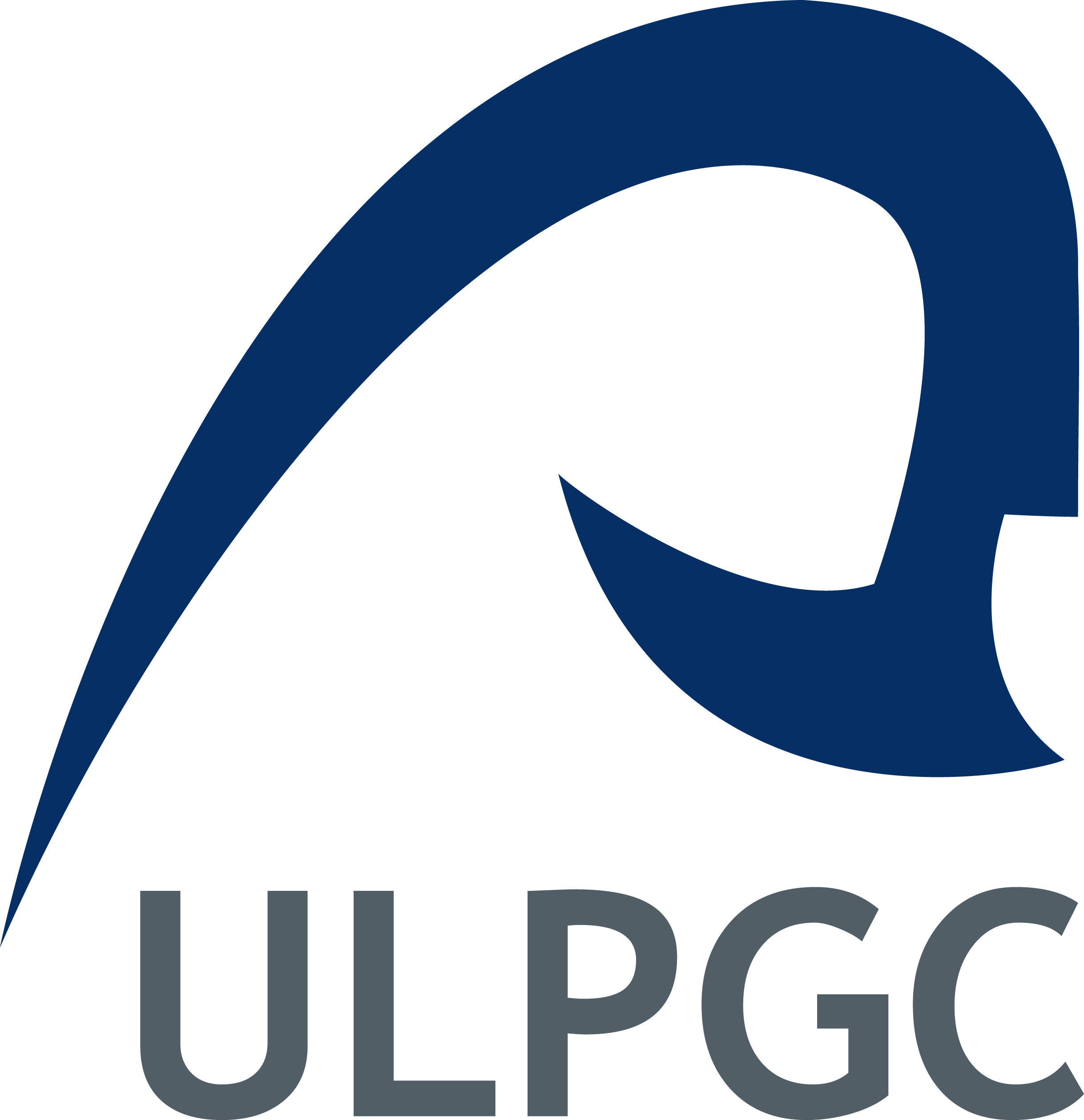Ph.D. Program in Oceanography and Global Change at the Canary Islands, Spain
 The Canaries-Coastal Transition Zone (CTZ) spans a region of high hydrographic activity between the NW African coast and the open ocean waters of the subtropical gyre. It represents a fascinating natural laboratory to study processes at different scales in the ocean. Wind and current shear at the flanks of the islands produce convergence and divergence fronts, which increase primary productivity and affect plankton distribution and community structure. Downstream of the islands, mesoscale eddies are generated by a combined mechanism of flow perturbation and Ekman pumping. Counter-paired eddies act as a two-way biological pump accelerating the production and transport of organic matter in the water column. Studies at the submesoscale indicate a distinct patchiness of pico-, nano- and microplankton communities in both cyclonic and anticyclonic eddies. Overall, the eddy field south of the islands contributes per surface unit as much as the nearby coastal upwelling to new production in the region. Eddies may interact with coastal upwelling filaments exchanging water and biological properties. High-spatial resolution observations at boundary regions between filaments and eddies indicate that convergence fronts favour the accumulation and sinking of small particles to higher density layers in the dark ocean, where organic matter accumulates. Recent modelling studies suggest that submesoscale transient fronts with strong vertical velocities are widespread and could largely contribute to the productivity and carbon fluxes in the CTZ region.
The Canaries-Coastal Transition Zone (CTZ) spans a region of high hydrographic activity between the NW African coast and the open ocean waters of the subtropical gyre. It represents a fascinating natural laboratory to study processes at different scales in the ocean. Wind and current shear at the flanks of the islands produce convergence and divergence fronts, which increase primary productivity and affect plankton distribution and community structure. Downstream of the islands, mesoscale eddies are generated by a combined mechanism of flow perturbation and Ekman pumping. Counter-paired eddies act as a two-way biological pump accelerating the production and transport of organic matter in the water column. Studies at the submesoscale indicate a distinct patchiness of pico-, nano- and microplankton communities in both cyclonic and anticyclonic eddies. Overall, the eddy field south of the islands contributes per surface unit as much as the nearby coastal upwelling to new production in the region. Eddies may interact with coastal upwelling filaments exchanging water and biological properties. High-spatial resolution observations at boundary regions between filaments and eddies indicate that convergence fronts favour the accumulation and sinking of small particles to higher density layers in the dark ocean, where organic matter accumulates. Recent modelling studies suggest that submesoscale transient fronts with strong vertical velocities are widespread and could largely contribute to the productivity and carbon fluxes in the CTZ region.



